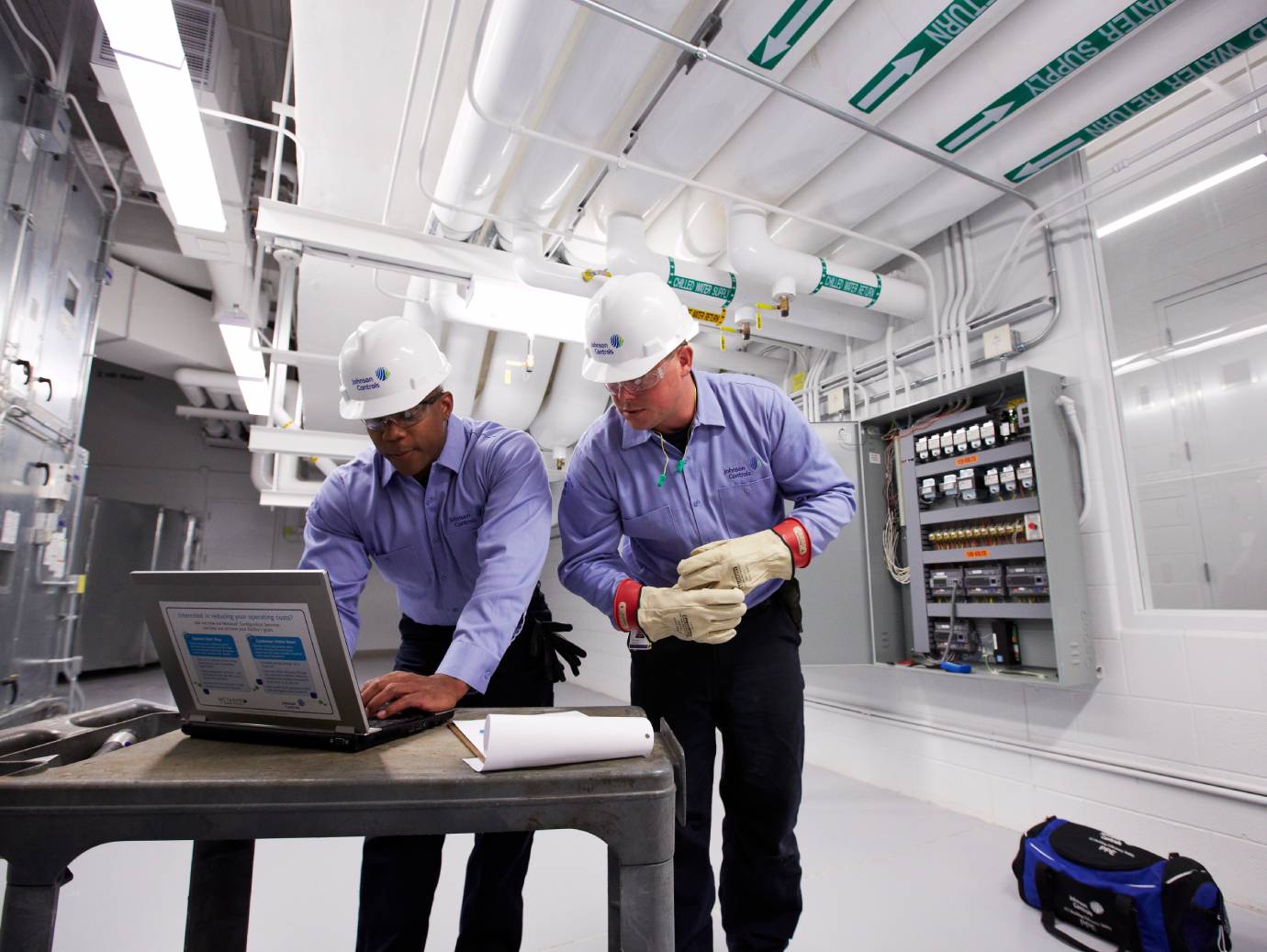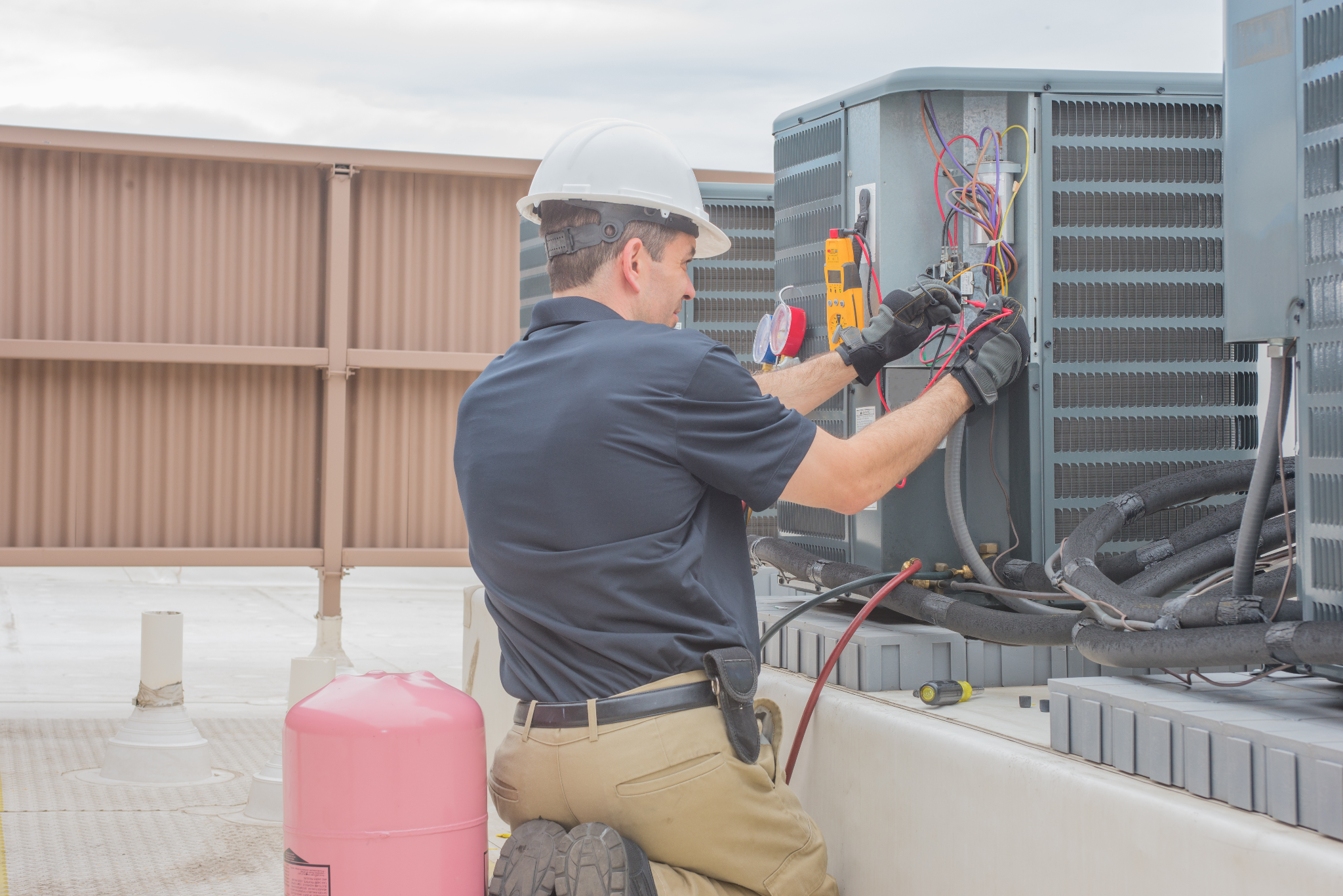What Makes a Successful heat pump installation ooltewah tn
What Makes a Successful heat pump installation ooltewah tn
Blog Article
Exactly How a Heatpump and Furnace Job Together to Maximize Your Home's Home heating Performance
Understanding exactly how a warm pump and heater job with each other is essential for house owners seeking reliable home heating services. Each system has its toughness, supplying a balanced method to home comfort. The warmth pump masters moderate temperatures, while the heating system delivers rapid warmth throughout severe cold. This harmony not just decreases power costs yet additionally boosts the life expectancy of both home appliances. What aspects affect this collaboration, and how can house owners maximize their benefits?
Comprehending Heat Pumps: Just How They Function
Although many people may be unfamiliar with their internal workings, heatpump play a necessary role in modern-day furnace. These gadgets operate by transferring heat from one place to another, making use of the concepts of thermodynamics. In cooler months, a heatpump removes warmth from the outdoors air, ground, or water, and transfers it indoors to heat the space. Conversely, throughout warmer months, it can turn around the procedure, serving as an a/c unit by eliminating heat from inside to the outside.Heat pumps contain an evaporator, condenser, compressor, and growth shutoff. The cooling agent within the system soaks up warmth as it vaporizes at reduced temperature levels and pressures. The compressor after that boosts the stress and temperature level of the cooling agent, permitting it to launch warmth as it condenses. This reliable procedure can considerably minimize power intake contrasted to typical home heating approaches, making warmth pumps a sustainable choice for environment control in homes.
The Duty of Heaters in Home Home Heating
Heating systems play a crucial duty in home heating by giving a reliable source of heat throughout the chillier months. They operate by creating warm with combustion or electric resistance, dispersing it throughout the home via ducts or glowing systems. The efficiency of a heater is usually measured by its Yearly Gas Use Effectiveness (AFUE) rating, which shows exactly how efficiently the system transforms fuel into heat.Furnaces can utilize numerous energy sources, consisting of natural gas, oil, electricity, or lp, allowing home owners to select one of the most suitable alternative for their needs. Unlike warmth pumps, which may have a hard time in extreme chilly, heaters keep constant performance, ensuring that interior temperatures continue to be comfy regardless of outside problems. Additionally, contemporary furnaces frequently come furnished with innovative modern technology, such as wise thermostats and variable-speed blowers, enhancing their performance and responsiveness. This adaptability makes furnaces a crucial element in all-encompassing home heating techniques.

Advantages of Utilizing Both Solutions Together
Combining the toughness of both heaters and heatpump can cause a much more efficient and reliable home heating solution. Making use of both systems enables property owners to benefit from the heatpump's power efficiency throughout milder temperature levels while counting on the heating system for more severe cold conditions. This twin technique can significantly reduce power expenses, as heat pumps consume much less electricity than standard home heating methods when temperature levels are moderate.Additionally, utilizing both systems together can boost comfort degrees in the home. Heatpump can give constant, even heating, while furnaces can swiftly raise ambient temperature levels when required. The integration of both systems can expand the lifespan of tools by lowering wear and tear on each system, as they share the work. Ultimately, home owners can delight in a well balanced, cost-effective heating remedy that adjusts perfectly to differing weather conditions, making certain a cozy and inviting home throughout the cold weather.
Just How Warmth Pumps and Furnaces Complement Each Other
When property owners incorporate heatpump and furnaces, they produce a complementary home heating system that makes the most of effectiveness and convenience. Warmth pumps operate by transferring warmth from the outdoors air or ground, making them highly effective in moderate climates. They excel throughout milder temperatures, providing cost-effective home heating. Alternatively, heating systems generate warm with burning or electrical resistance, supplying solid, instant warmth during extreme chilly conditions.The mix of these two systems permits for vibrant modifications based upon temperature level changes. During warmer months or milder winter days, the warmth pump can take the lead, saving power and lowering expenses. As temperature levels decline, the heating system can perfectly engage, guaranteeing consistent heat throughout the home. This synergy not only optimizes energy usage however also enhances the life-span of both systems, as each unit runs within its optimal performance array. With each other, they develop a balanced environment that adapts to varying climate demands.
Maximizing Efficiency: Tips for Homeowners
Property owners can boost their heating effectiveness with several useful strategies. Developing a normal upkeep routine, incorporating smart thermostat technology, and carrying out efficient insulation and sealing options are vital actions. These measures not only boost convenience but additionally lower power costs.
Routine Upkeep Schedule
To guarantee maximum home heating performance, developing a routine maintenance timetable is important for any home. House owners ought to focus on routine inspections of both heat pumps and heating systems to ascertain peak performance. This consists of transforming air filters every one to 3 months, as clogged filters can considerably lower effectiveness. In addition, organizing specialist maintenance at least annually permits service technicians to identify and attend to possible issues before they escalate. Property owners should additionally clean up the warm pump's outside system to prevent particles build-up that can hinder air flow. By sticking to a routine upkeep timetable, homeowners not just boost their heater' performance however likewise expand their life expectancy, leading to greater convenience and reduced power costs throughout the chillier months.
Smart Thermostat Integration
Integrating a clever thermostat into a home heating unit can greatly boost energy performance, especially as it permits for precise control over temperature level setups. These devices can find out the property owner's routine and choices, automatically changing the temperature to optimize comfort while decreasing power use. They can decrease home heating throughout times when the home is unoccupied, lowering unneeded consumption. Many wise thermostats additionally provide real-time energy use data, making it possible for property owners to make enlightened choices regarding their heating habits. Furthermore, remote access through smart device apps allows customers to adjust setups from anywhere, guaranteeing the home is cozy upon return. Overall, smart thermostat integration not only enhances comfort however considerably contributes to power cost savings and effectiveness.
Insulation and Securing Solutions
Smart thermostats play a vital duty in energy effectiveness, however their effectiveness can be greatly boosted by appropriate insulation and sealing services. Property owners must prioritize protecting wall surfaces, floorings, and attic rooms to lessen heat loss. High-grade insulation materials, such as spray foam or fiberglass, can greatly improve thermal resistance. Additionally, sealing spaces around doors, windows, and air ducts stops cool air seepage and heat escape. Weatherstripping and caulking work techniques for addressing these leaks - ductless mini splits. Routine examinations for air leaks, in addition to making use of blower door tests, can aid recognize problem locations. By buying insulation and securing, house owners can optimize the performance of their furnace, eventually resulting in decreased power consumption and reduced energy bills
Usual Myths Regarding Warmth Pumps and Furnaces
What false impressions surround heat pumps and heating systems? Numerous people erroneously think that warm pumps are inadequate in cooler climates. Actually, contemporary heatpump are created to operate successfully also in low temperature levels, supplying trusted home heating throughout winter. One more usual misconception is that heaters are constantly more efficient than heatpump. This depends on the details power sources and effectiveness rankings of the devices in inquiry. Some might likewise think that utilizing both systems all at once is unneeded, however in truth, this combination can maximize heating efficiency, especially throughout extreme weather condition conditions. Furthermore, people often assume that heatpump call for consistent upkeep, when in reality, they have comparable upkeep requires to traditional furnace. By exposing these misconceptions, house owners can make more educated decisions regarding their heating choices, inevitably leading to boosted convenience and power efficiency in their homes.
Maintenance Factors To Consider for Combined Systems

Regularly Asked Concerns
Can Heat Pumps Work Properly in Very Cold Climates?
Heatpump can struggle in incredibly cool environments as a result of decreased efficiency and heat removal restrictions. Improvements in technology have actually led to models created for better efficiency in such conditions, boosting their practicality in severe settings.
How Much Time Do Warmth Pumps and Furnaces Typically Last?
Warmth pumps typically last 15 to two decades, while heating systems have a life-span of 15 to thirty years. Regular upkeep can expand their longevity, making sure reliable procedure and decreasing the demand for premature substitutes.

What Is the Average Price of Putting Up Both Equipments?
The ordinary expense of installing both a heat pump and a heating system usually ranges between $5,000 to $10,000 - heat pump service. Aspects influencing this cost include system dimension, installation complexity, and local labor rates
Are There Tax Obligation Motivations for Utilizing Energy-Efficient Heating Solutions?
Lots of homeowners ask about tax obligation incentives for energy-efficient heating unit. Various federal and state programs typically offer refunds or credit scores, urging the fostering of sustainable innovations to reduce energy consumption and advertise environmental duty.
How Do I Choose the Right Size Warmth Pump and Heating System?
Selecting the best size heatpump and heating system entails determining the home's square video footage, taking into consideration insulation quality, and reviewing local environment. Consulting an expert can ensure perfect system efficiency and energy performance based upon specific demands. furnace replacement. Recognizing just how a warm pump and furnace job with each other is crucial for house owners looking for efficient home heating options. In cooler months, a warmth pump extracts warm from the outside air, ground, or water, and transfers it indoors to warm the living room. When more information home owners incorporate heat pumps and heaters, they create a complementary heating system that maximizes performance and comfort. Heat pumps run by moving warmth from the outside air or ground, making them very efficient in check these guys out modest climates. Heat pumps can struggle in extremely cold climates due to decreased performance and warm removal limitations
Report this page